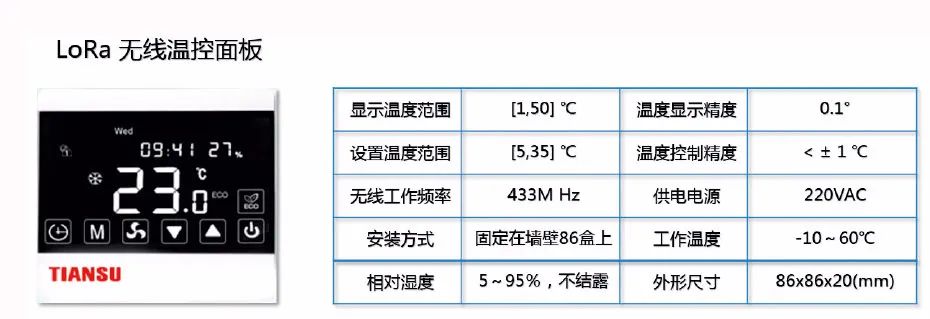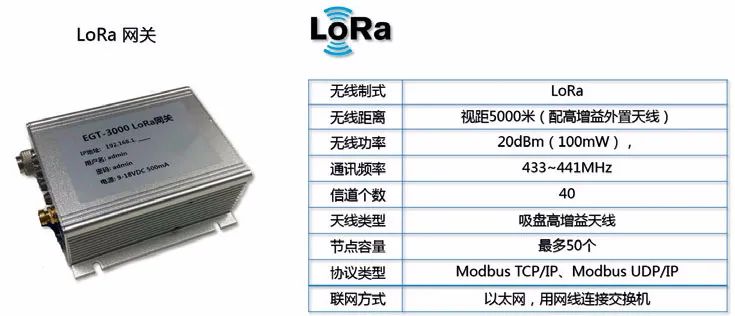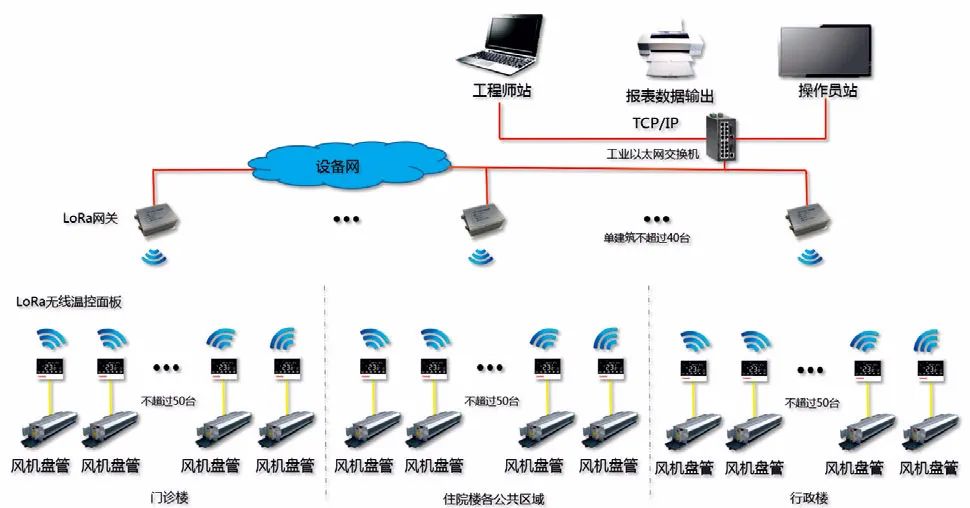With the deepening of the green development concept, the idea of energy-saving hospitals is becoming increasingly popular. The widespread application of central air conditioning in hospital buildings provides a more comfortable medical environment but also brings enormous energy consumption, significantly increasing the operational costs of hospitals.According to surveys, the energy consumption of central air conditioning in many hospitals accounts for more than 50% of the total energy consumption, so the energy-saving renovation of central air conditioning is undoubtedly an important measure to ensure the effective implementation of energy-saving work in hospitals.
Currently, energy-saving renovations for central air conditioning in the industry mainly focus on the air conditioning machine room, primarily renovating energy-consuming equipment such as the air conditioning main unit, chilled water pumps, cooling water pumps, and cooling towers, as well as setting up corresponding energy-saving control systems. However, the terminal equipment of the central air conditioning system is widely distributed, and the construction of network communication wiring for fan coil temperature controllers is relatively difficult. In energy-saving renovations of central air conditioning, this part of energy-saving control design is often not given much emphasis.
With the vigorous development of wireless technology in the Internet of Things, LoRa (Long Range) wireless technology undoubtedly provides a more suitable energy-saving optimization control solution for the terminal control of air conditioning in hospital buildings, contributing to the energy-saving efforts of hospitals.
LoRa Wireless Central Air Conditioning Terminal Control Device
In August 2013, Semtech Corporation released a new type of chip based on ultra-long-distance low-power data transmission technology operating below 1 GHz, with a receiving sensitivity of an astonishing -148dBm, ensuring the reliability of network connections.LoRa mainly operates in global free frequency bands (i.e., unlicensed bands), including 433, 868, and 915 MHz.This technology has strong penetration and diffraction capabilities and does not interfere with other device communications, greatly enhancing the signal transmission distance, with unobstructed transmission distances exceeding 10 km and signal coverage of up to 5 floors within buildings.At the same time, LoRa wireless technology has a fault tolerance mechanism that improves the reliability and anti-interference ability of signal transmission.The routing function of the LoRa wireless communication module can provide data upload and download channels for LoRa node devices under extremely adverse conditions.Therefore, LoRa wireless technology is very suitable as the wireless communication networking technology for central air conditioning terminal fan coil controllers.
Based on LoRa technology, a wireless temperature control panel for central air conditioning is constructed, as shown in Figure 1. In addition to the built-in LoRa wireless communication module, this panel has powerful core software that primarily regulates room temperature by controlling fans and valves, with cooling, heating, and ventilation modes; it can be set to turn on and off at scheduled times, enter energy-saving mode with one click, and remotely lock keys to prevent users from making arbitrary settings; it also features cumulative timing functions for high, medium, and low settings, providing a basis for billing. Furthermore, this wireless temperature control panel is very easy to install and can directly replace the original fan coil terminal control panel, installed on the original control panel’s 86 bottom box without the need for additional cables or auxiliary materials.

Of course, this wireless temperature control panel is only a controller for the fan coil terminal and must communicate with the LoRa gateway (Figure 2) through LoRa wireless self-organizing network communication to construct a complete communication network, exchanging data with centralized control software, ultimately achieving remote control or unified control of any fan coil terminal through the centralized control interface, facilitating management.

Practical Application of LoRa Wireless Technology in Energy Control of Hospital Central Air Conditioning Terminals
In hospital buildings, centralized management and settings can be performed for the fan coil terminals in various public areas, requiring gateway point settings based on actual project conditions. Figure 3 shows the overall architecture of the energy-saving control optimization system for fan coil terminals in a certain hospital building. The LoRa wireless temperature controller network consists of several LoRa gateways and wireless temperature control panels. Under the same network, considering that the total number of channels of the gateway is 40, to prevent interference, when setting points in this hospital, the number of gateways in a single building or nearby buildings is less than 40.

Ultimately, this achieved global temperature monitoring and management of the central air conditioning terminals in the hospital’s public areas, with main functions including—
Remote temperature adjustment: limiting the range of indoor temperature settings, locking a unified operating temperature, one-click setting of energy-saving temperatures, or starting operation at energy-saving temperatures;
Remote start-stop control and optimization control: scheduled start-stop, remote lockout, remote water valve on-off control, etc.
Figure 4 shows the centralized control interface for the hospital’s air conditioning terminals, allowing for global control or individual control operations.

The application of LoRa wireless technology in the energy-saving optimization control of the hospital’s central air conditioning terminals has solved the problem of laying communication cables during energy-saving renovations, reducing one-time renovation costs; through the continuous operation of the control system, effectively reducing the energy consumption of terminal systems, chillers, and circulation systems; lowering system operation and maintenance costs, extending the equipment’s service life; and creating better external conditions for the operation of dynamic variable flow air conditioning energy-saving optimization control systems.
The images and texts are selected from the first issue of this journal in January 2020.
Authors: Xu Yang, Zhang Fengming/Nanjing Tiansu Automation Control System Co., Ltd.

◆What Are the Key Design Points of Central Pure Water Systems in Medical Buildings?
◆How Can IoT Technology Support the Construction of Medical Alliances? Here’s How They Do It!

